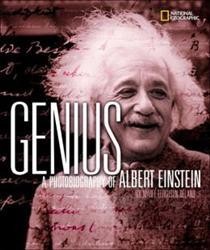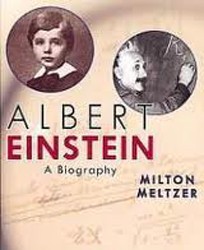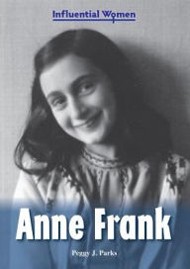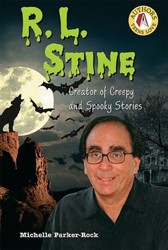What a wonderful idea: a biography of a beloved children’s author and illustrator tailored to the newly independent reader. The font is sharp and well-sized with an uncluttered background. The photographs and Sendak illustrations support the text. The author has included a table of contents, timeline, glossary, bibliography (books and websites), and index.
Sendak was the youngest child of poor Polish Jewish parents who had arrived in New York several years before World War II. The Holocaust and the extermination of their extended family in Europe was a major factor in their lives. Maurice was a sickly child and a voracious reader who spent many long days in bed. His was not an easy or happy childhood.
Seeing the Walt Disney film Fantasia at the age of twelve influenced Sendak to become an illustrator and, toward that goal, he went to art school at night. One of his earliest jobs was as a window dresser for the famous New York City toy store, FAO Schwartz. He was the illustrator for Isaac Bashevis Singer’s Zlatah the Goat, as well as other famous children’s literature.
Sendak’s father told his children Bible stories and was a very strong influence in his young life, as were many disparate writers and artists. His work reflects the traditional values of his Jewish heritage: the importance of family, friends, justice, and responsibility to others, as well as the importance of hope.
Sendak collaborated with Tony Kushner on the book Brundibar, based on a Czech opera performed by the children of the Terezin concentration camp. Interestingly, the author makes no reference to this important work.
Sendak’s stories were among the first examples of juvenile literature to explore the darker emotions of childhood: fear, anger, and pain. His illustrations were highly imaginative and often scary.
This biography is highly recommended for children aged 6 to 8. It would be a great gift, especially if paired with a book mentioned in the bibliography — a winning duo.





